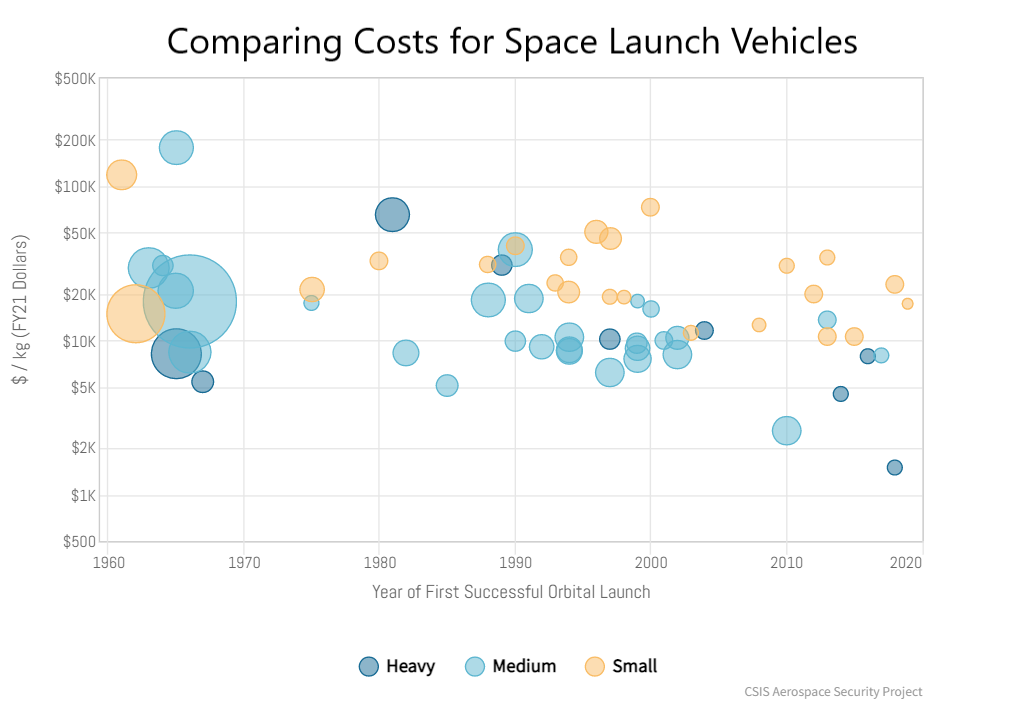Tax advantaged retirement savings is a long-term prospect, and there are many different resources that people can use to make it easier for themselves. The most costly mistake when it comes to retirement is waiting too late to get started. Even a small trickle of savings when a person is young can make a big difference by the time they are at retirement age, as long as they use their resources well. In this post, we will talk about some of those resources and how they can be of help.
Why Use Retirement Accounts
The government has created regulations that establish special types of investment accounts to be used for retirement savings. The idea is that workers can not just keep their money in a savings account or at a bank but invest the money so that it can grow steadily year after year. That is why it is so important to start early– the compound interest from investment growth will mean a small amount in a worker’s 20s will be much larger in their 60s. Retirement accounts usually have one or more tax benefits that help them grow even more, as well as the possibility of workplace benefits that can add more money to match your savings.
Tax Advantages
The kinds of investments that people make for retirement savings face two main sources of taxes. The first type of taxation comes when workers earn their money as wages or salaries. That income is taxed by the federal government in the form of income tax, as usual, so there is a bite taken out of it even before it gets invested.
The other type of taxation is at the opposite end of the spectrum. Years later, once the money has grown in the account and it is time to withdraw it after you retire and use it for expenses, it is considered income once again after it gets withdrawn from the account. That means you have to pay federal income tax on it again. This double taxation can be a real issue. To make sure that people still want to save for retirement, the government provides a few different forms of special tax advantages in certain accounts.

Traditional
The first type of tax advantage is found in retirement accounts that are called “traditional.” For these accounts, the first type of taxes will no longer apply. The way it works in practice is that you will keep track of contributions that you make to a traditional account, and then you can deduct that amount from your taxes at the end of the year. You will still need to pay taxes at the time of withdrawal for the account.
Roth
The second type of tax advantage is tied to accounts that are marked as “Roth” accounts. A Roth account works the opposite way as a traditional account. The earnings in a Roth are not taxable once they are withdrawn to be used after you retire.
It is possible to have both traditional and Roth accounts so that you can mix and match your contributions. It is also very important to note that these accounts have significant tax penalties if you withdraw from them too early as a counterbalance against the tax benefits.
Company and Individual Benefits
There are different ways for people to get access to a retirement account. One of them is through their employer. Employers typically offer a 401k plan, a 403b plan, or some other similar plan. These can be either traditional or Roth. In some cases, there might be only one of the two options available. In addition, depending on the employer, there might be a matching program for contributions.
These work on a percentage basis. For example, a workplace that offers a percent match up to 4 percent means that they will contribute the same amount as you do to your 401k up until your contribution reaches 4 percent of your salary. So if you contribute the full 4 percent, then the company adds another 4 percent, and it effectively doubles how much you save in that account.
Some workplaces offer other accounts that can be used for retirement savings. However, these tend to be more specialized, like a retirement healthcare savings plan or a health savings account (HSA) attached to a health insurance plan.
For individuals who do not have a 401k-style plan from work or who want more savings, there is the Individual Retirement Account, or IRA. Like an employer plan, IRAs can come in traditional or Roth versions. There is no matching benefit for an IRA, but anyone can open one or even more than one. There are strict limits on how much a person can contribute to their IRA accounts each year.

Calculating Your Retirement Savings
Regardless of how you choose to structure your retirement savings and build your plan, you can use a compound interest calculator to help forecast what your savings might be. Enter in how much you already have, how much you plan to add each month, and what rate of return you expect on your investments. Then you can see what the value of your savings might be years into the future. Changing the parameters can let you see how things would change if, for example, you added more to your accounts than you originally planned.
Retirement savings can be hard to do because the cost takes the form of giving up income now, and it does not yield a benefit until decades into the future. However, it is crucial for the financial health of your retired life that you start saving as early as possible and take full advantage of all tax benefits to maximize the value of those savings.
It takes consistent effort over the long term to make retirement go smoothly. Still, once you have the system in place and you are comfortable with the plan, it becomes much easier to just maintain that level of investment according to your plan without having to think too much about what to do with your money.



